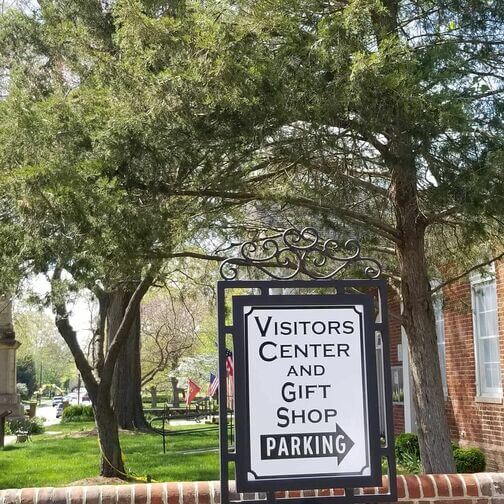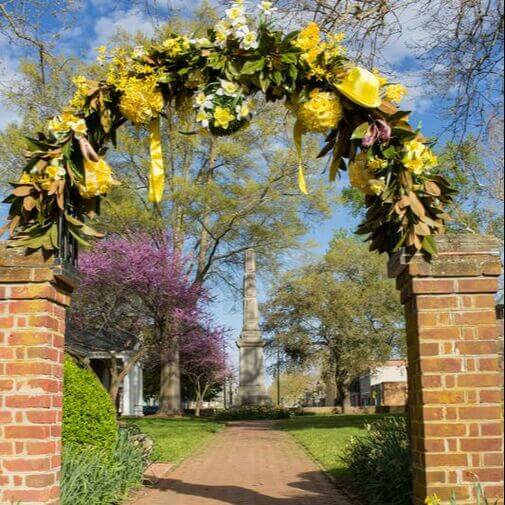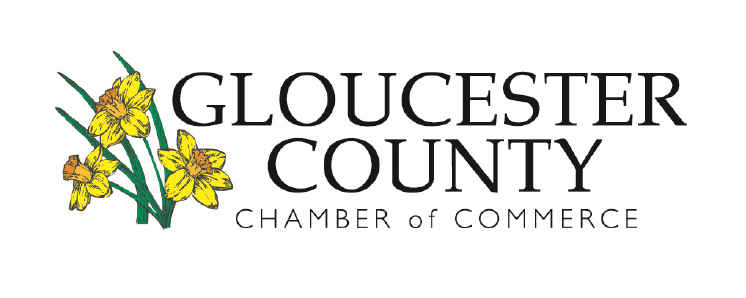Visitors and Tourism - Gloucester County, Virginia History
Colonial Gloucester County, because of its proximity to Jamestown and Williamsburg, had some of the earliest English settlements in the New World. The county was formed in 1651. Few areas can boast of so many colonial and pre-Revolutionary treasures as Gloucester's rare collection of historic homes, churches and public buildings.
Many of the colonial and pre-revolution homes have been featured in Historic Garden Week in Virginia or other special tours. All are privately owned, however, and are open to the public only on special occasions.
Numerous events and individuals prominent in history had ties to Gloucester County.
Indian Chief Powhatan and his tribesmen were headquartered along the York River in Gloucester when English settlers arrived at Jamestown in 1607. According to legend, Captain John Smith's life was saved by Chief Powhatan's daughter, Princess Pocahontas.
John Buckner of Gloucester brought the first printing press to the Colony and published the laws of Virginia in 1680.
World renowned botanist John Clayton was County Clerk for 50 years.
Gloucester Point, site of an early 17th century fort, was the outpost of Cornwallis in 1781 and is said to be the site of the final surrender of his troops to General George Washington several hours after the better-known surrender across the York River at Yorktown. Still visible are remains of Civil War fortifications built over those of the Revolution.
The Gloucester Token, a private coinage dated 1714, is believed to be the first coin struck in America.
Dr. Walter Reed, "Conqueror of Yellow Fever" was born here.


